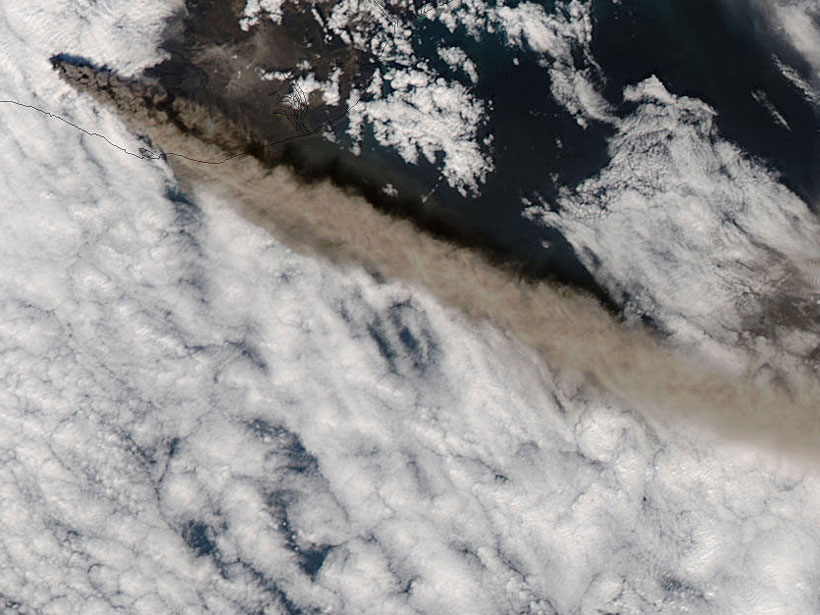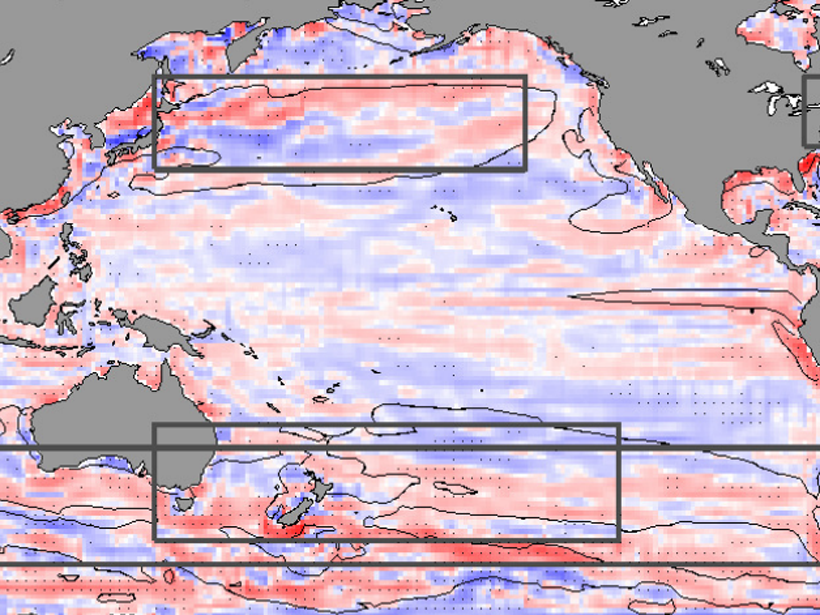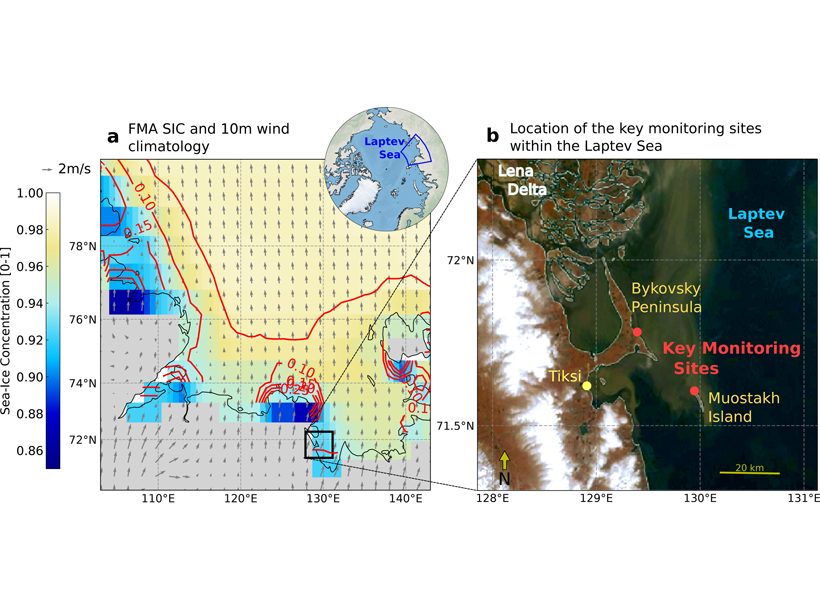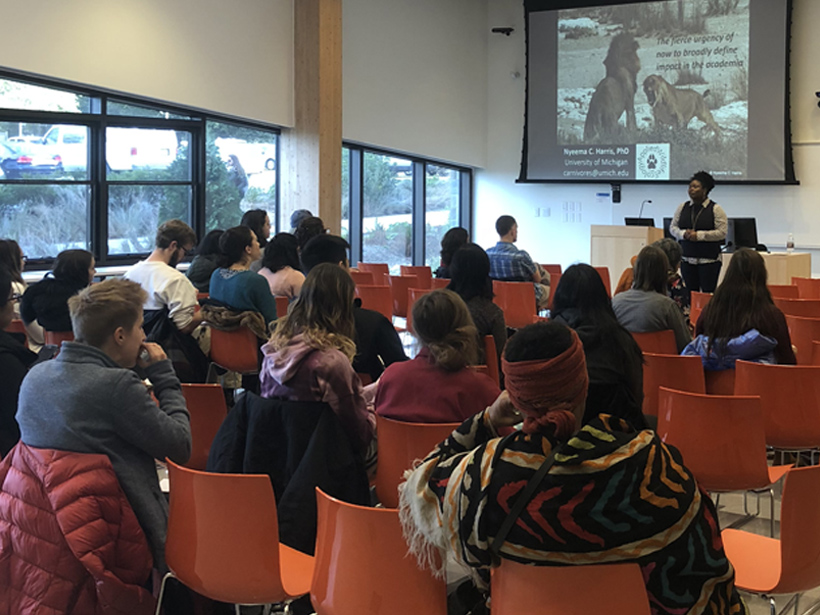Satellite images of marine shallow clouds are objectively classified into four distinct types, illuminating new ways to tackle a long-standing problem in climate predictions.
CC BY-NC-ND 2020
The Art of Volcanic Ash Modeling 10 Years After Eyjafjallajökull
The ash plumes from the eruption of the Icelandic volcano in 2010 disrupted air travel in Europe for several weeks. Since then, scientists have developed models to mitigate ash’s impacts.
Ocean Gyres Observed to Move Poleward
Basin-wide ocean gyres have been observed to be slowly migrating toward the poles and, although natural variations contribute, climate simulations suggest the shift is in response to global warming.
Urban Heat Islands Are Warming the Arctic
Even in the remote high latitudes, a new satellite study sees rising temperatures and spreading green belts around cities, with big impacts on soils and ecosystems.
Geohealth: Science’s First Responders
At the intersection of human health and the environment, the emerging field called geohealth can teach us how not to repeat mistakes made in past disasters.
Air Pollution Can Worsen the Death Rate from COVID-19
Scientists find that highly polluted counties in the United States will have a COVID-19 death rate 4.5 times higher than those with low pollution if they’re otherwise similar.
Arctic Coast Erosion Linked to Large-Scale Climate Variability
Changes in rates of Arctic coastal erosion detected from multi-decadal measurements are attributed to the shorter duration in the winter sea ice coverage and large-scale changes in the wind patterns.
Walter C. Pitman III (1932–2019)
Pitman pioneered research on seafloor spreading, proposed a scientific backstory to the Great Flood and Noah’s Ark, and reveled in spirited discussions of all kinds.
Coronavirus Lockdown Brings Clean Air to Spanish Cities
Measures against the spread of the new coronavirus have an unexpected side effect: record-low air pollution levels.
What’s in a Seminar?
Graduate students at the University of Massachusetts Amherst redesigned their departmental seminar series to increase diversity, equity, and inclusion, and other institutions could do the same.









